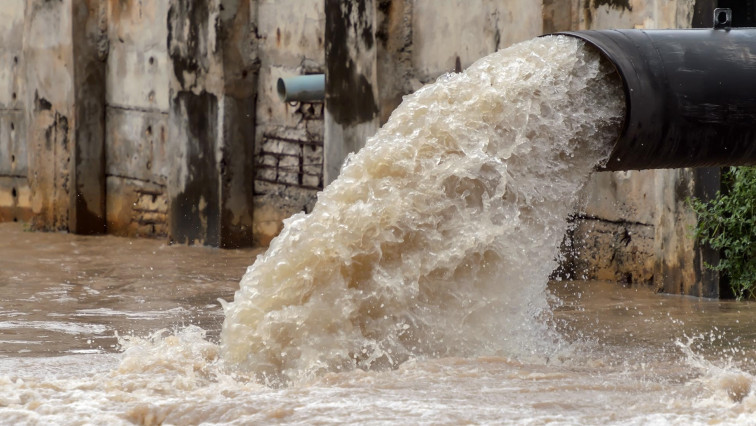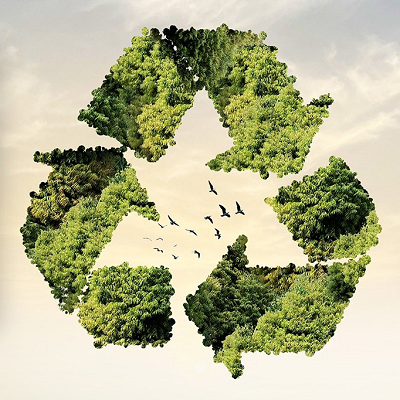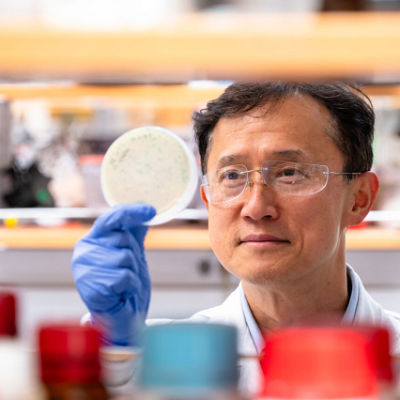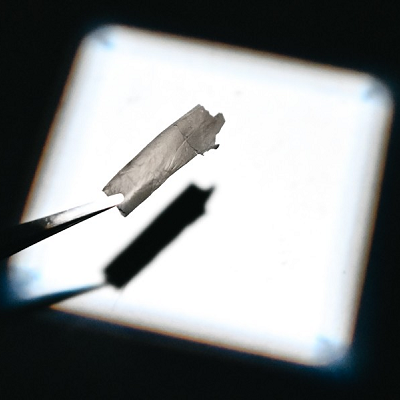Synthetic dyes are used across a wide variety of industries and constitute a serious concern when it comes to water pollution. These dyes are not only toxic, but they also persist in the environment for a long time without degradation. Most approaches to removing synthetic dyes from water are based on adsorption—a phenomenon where a chemical molecule becomes bonded to the surface of a substrate called an adsorbent. Carbon-based systems are commonly adopted as adsorbents, but they are limited by the need for a safe disposal route for the used adsorbent and the inability to reuse the material. Many polymers have also been investigated as adsorbents, but they show poor water solubility and stability.
Recently, an international team of researchers—including Prof. Wei-Hsin Chen of National Cheng Kung University, Taiwan—have developed a novel eco-friendly and reusable nanocomposite-based solution for removing toxic dyes from wastewater. The paper describing the study was made available online on 31 July 2021 and was published in Volume 421 of the Journal of Hazardous Materials on 5 January 2022.
“Carboxymethyl cellulose (CMC) is an inexpensive cellulose derivative that is easy to produce, eco-friendly, and biocompatible. But it has relatively poor thermal and mechanical properties. In our study, we successfully improved CMC by combining it with polyacrylic acid (PAA). The prepared materials can be efficient adsorbents for ionic pollutants in wastewater treatment.” says Prof. Chen.
CMC is a well-characterized, inexpensive polymer derived from natural cellulose, an abundant polymer found in plants and microalgae such as Chlorella sp. In this study, the researchers combined CMC with PAA—a water-loving, non-toxic and safe polymer—and loaded the resultant hydrogels with graphene oxide. Finally, by subjecting these hydrogels to repeated cycles of washing and freeze-drying, they converted the hydrogels into ‘aerogels,’ which are porous solid networks containing air pockets that have high adsorptive capacities.
The research team then characterized the aerogels using field emission scanning electron microscopy and laboratory techniques and found that different levels of graphene oxide created different sized pores within the aerogel. They found that the addition of graphene oxide increased the specific surface area and thermal stability of the nanocomposite hydrogels. They also saw that the pore size of the hydrogels decreased with increasing concentrations of graphene oxide. Moreover, the aerogel developed in this study had an adsorption capacity of 138 mg/g of methylene blue after 250 min—which is among the highest methylene blue adsorption capacities reported in literature. According to Prof. Chen, “The adsorbent developed in this study is both environmentally friendly and cost-effective, indicating its high application potential for the removal of cationic dyes from wastewater.”
Finally, the researchers saw that the new hydrogels retained about 90% of their adsorption capacity even after nine cycles of use and regeneration.
They then wanted to investigate the mechanism behind the high adsorption capacity of the hydrogels, so they performed density functional theory (DFT) simulations. The results of their simulations suggested that the methylene blue bound more strongly to graphene oxide than to CMC or PAA. They also saw that the adsorption of methylene blue on the graphene oxide in the nanocomposite took place via pi-electron bonding, hydrogen bonding, and electrostatic interactions.
The nanocomposite hydrogels fabricated in this study provide an eco-friendly, stable, efficient, and reusable adsorbent material to remove synthetic dyes from wastewater and provide improvements to both environment and human health.
Read the original article on EurekAlert.







